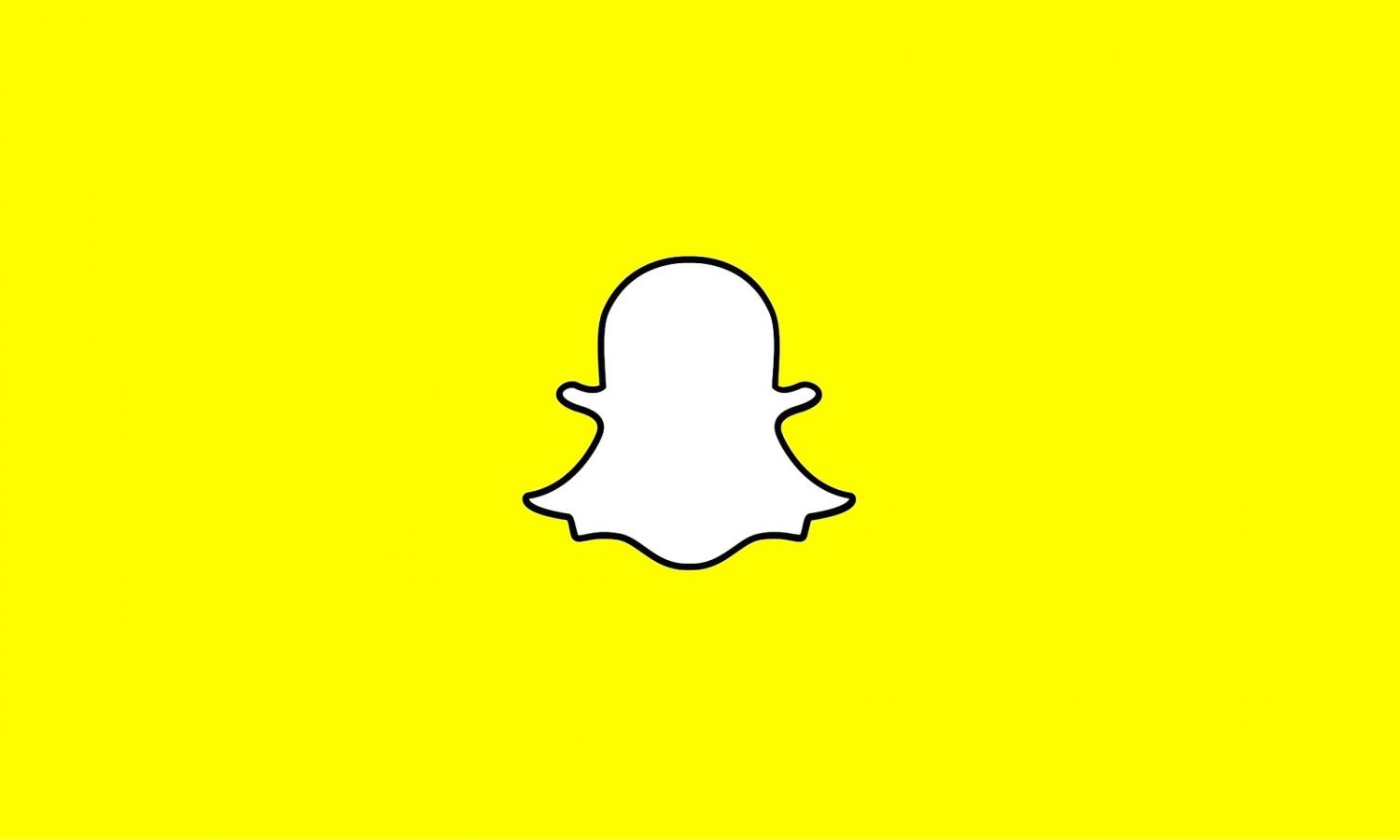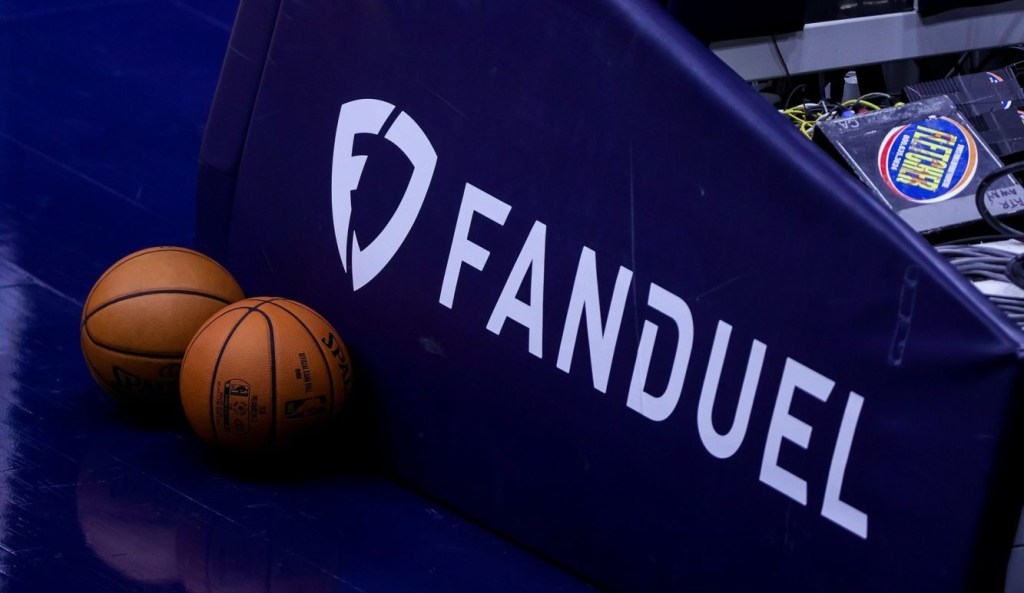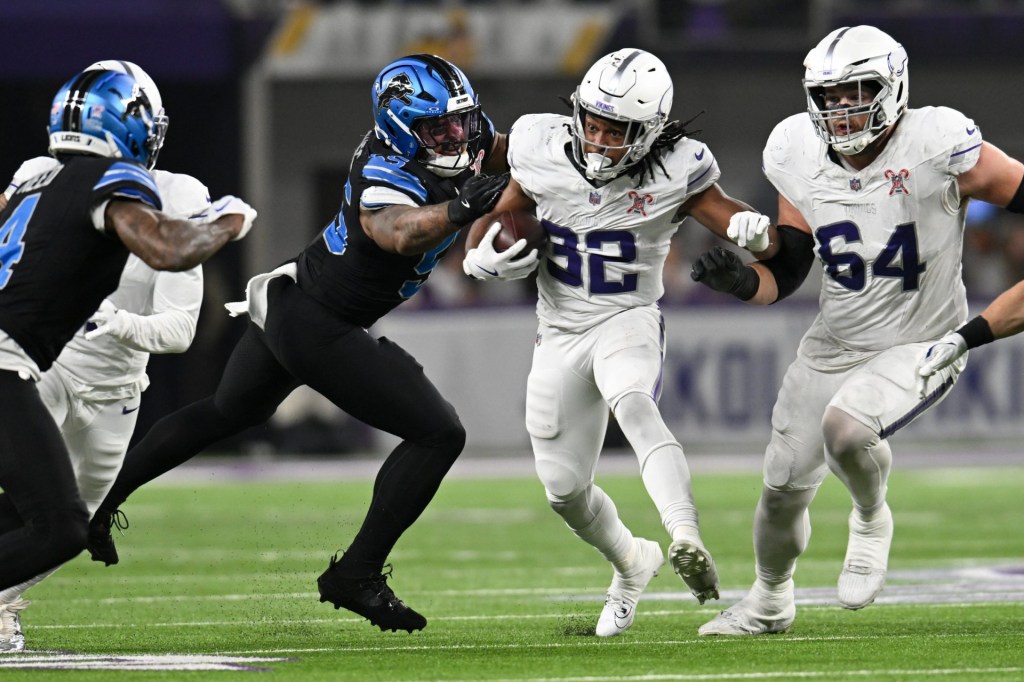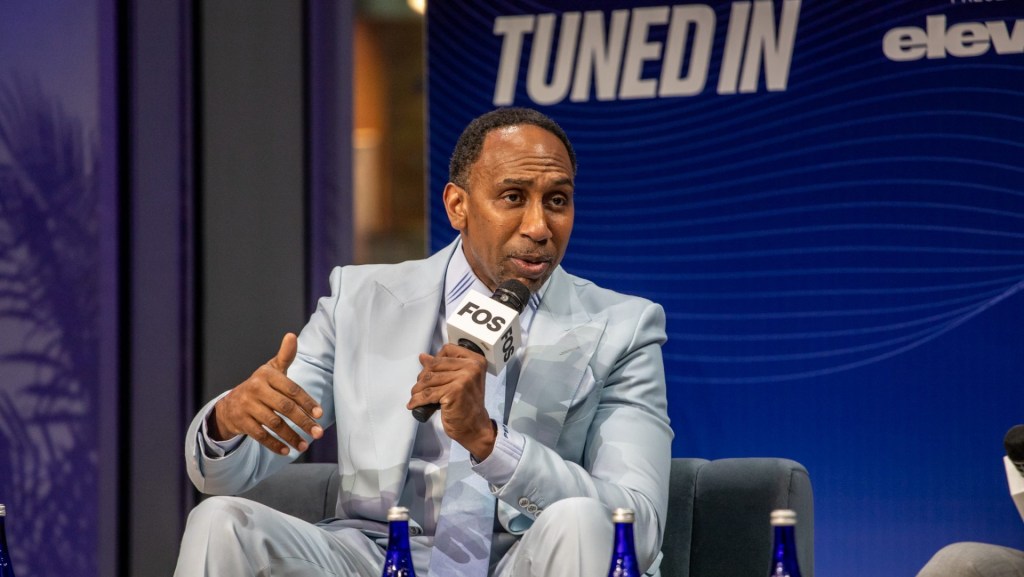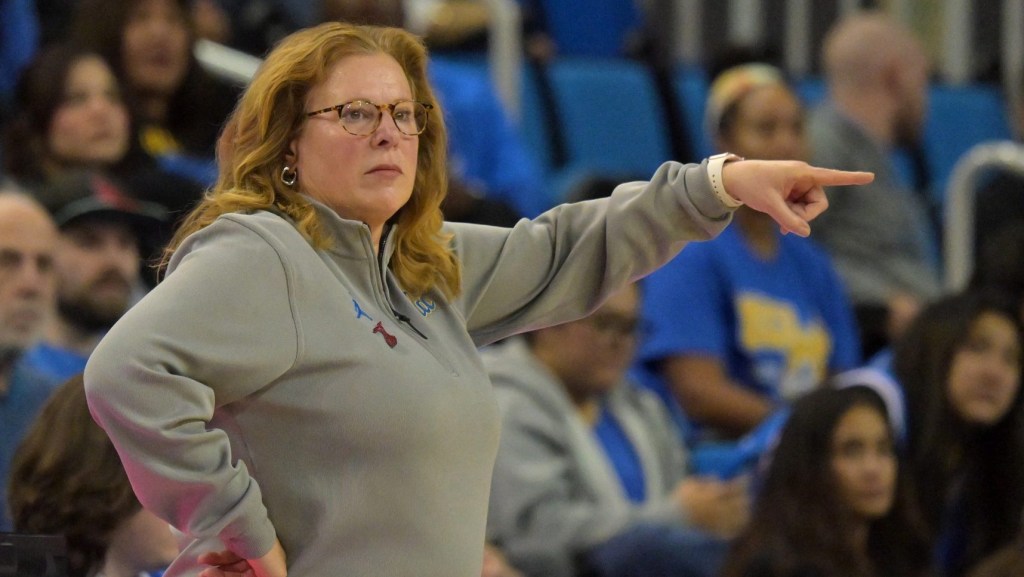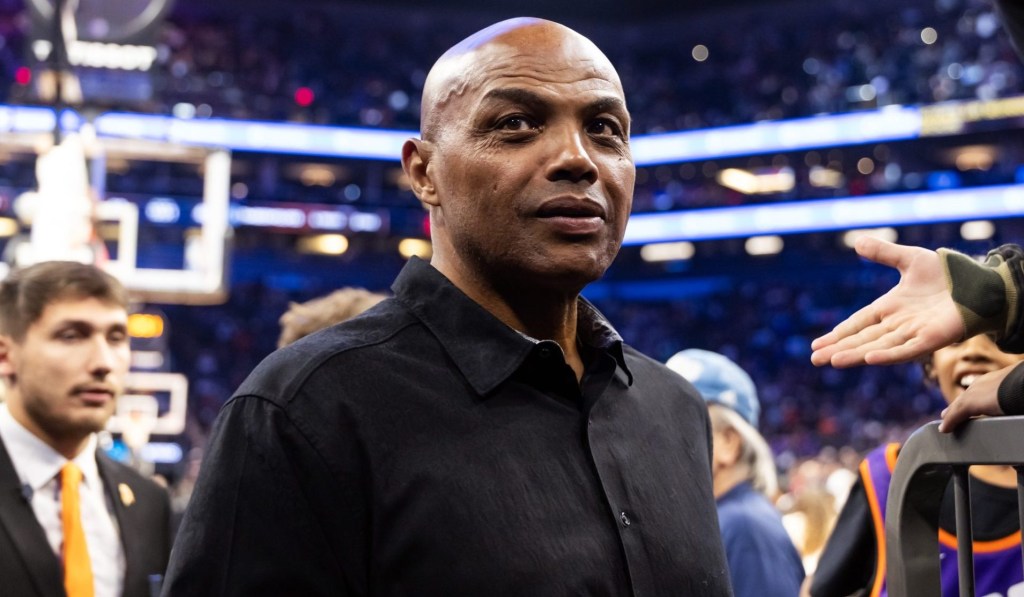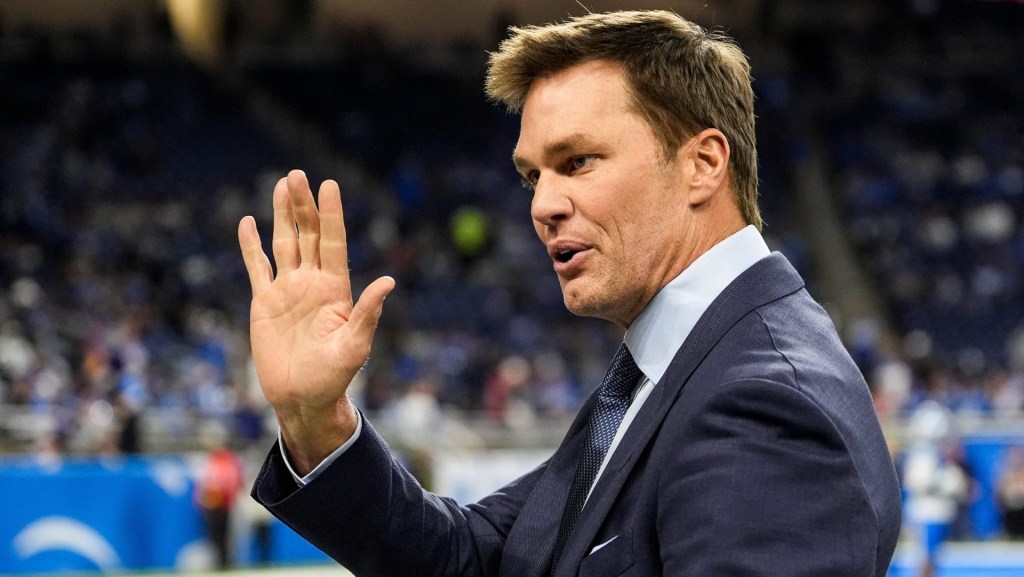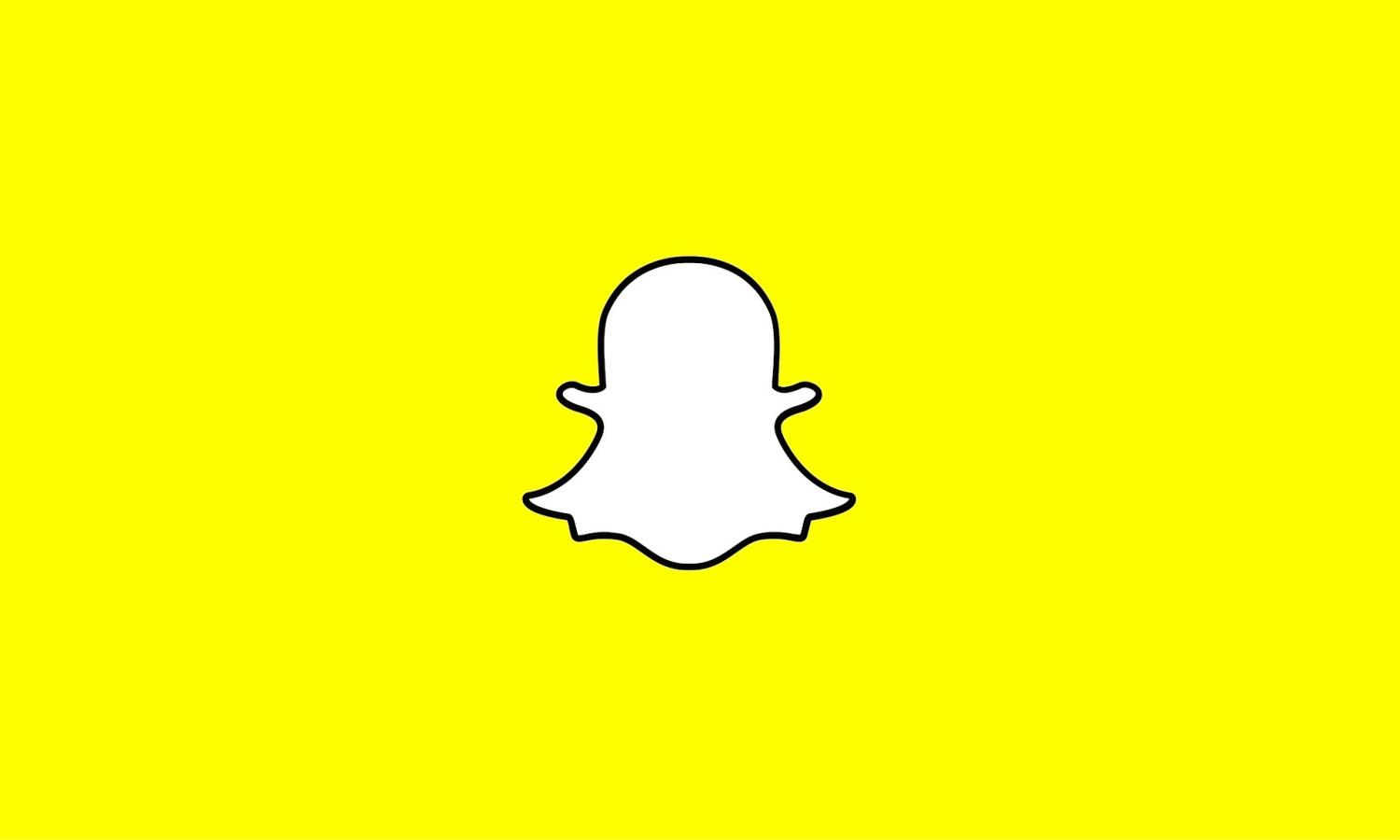
Between 2014 and the first quarter of 2018, Snapchat’s daily active user count rose from 46 million to 191 million. From the end of Q1 to the end of Q3, however, the daily active user count fell to 186 million. This marked the first time since the platform’s launch that the daily active user count fell.
A redesign of the mobile app and features that Snapchat made famous making their way to other platforms (i.e. Instagram stories) are both likely to blame for this drop. Marketing professionals have taken note of this and have begun to adjust their social media strategies accordingly.
In some cases, brands are abandoning the platform altogether. This can be attributed to the platform using some of its uniqueness. Snapchat also lacks some of the major analytic features that other social networks offer content creators. It is the opinion of some sports industry professionals that changes are needed soon for the app.
“If Snapchat wants to be a viable social network for marketers, then the platform needs to innovate,” Ryan Vooris, associate sport management professor at SUNY Cortland. “Instagram, Twitter, and Facebook have largely adapted (or flat-out stolen) the features which once made Snapchat unique. Snapchat also appears to lag behind the other three networks in terms of the analytics they make available to marketers. Instagram recently expanded their insights panels. If I’m a marketer, I love the amount of data Instagram is giving me.”
READ MORE: Inside CBS Sports’ Innovative Podcast Strategy
This isn’t the sense among all of the sports marketing world, however. Some marketing departments are still seeing the benefits that the platform can offer when used properly.
For example, Rachael Caldwell, digital media coordinator at Colorado State University, wants to maintain the audience that her department has built on the app. Caldwell also makes a great point of Snapchat’s ability to reach a good percentage of followers without paying money, as is the case with some other platforms.
“The biggest thing that we’ve looked at with Snapchat is that it’s free. There’s really no cost for us to put out content into the medium,” Caldwell says. “Obviously, we can put money behind it if we want to promote content and break into people’s feeds, but at the end of the day, we do have a follower base that we built there for free and they’re looking at the content that we’re putting out and gaining an affinity for our brand. So I don’t think you can ever say, ‘no, it’s not going to play a role.’ For us, it will play a role just maybe not as big of a role as we had seen in the past because of the rise of Instagram stories.”
[mc4wp_form id=”8260″]
Caldwell and other marketers have found that the type of content fans feel drawn to on Snapchat peels back the curtain a bit in some way. Colorado State, for example, allows students and student-athletes to do takeovers on the athletic department’s account to allow fans to get up close and personal at events that they may not be able to attend or at team-only functions.
“We definitely use that raw personal, authentic content on Snapchat,” Caldwell adds. “That’s not to say we don’t use it on Instagram as well. But what we find on Instagram as we use it for a lot more information dissemination as well. So that includes our ‘Rams Rewind’ feature, which recaps some of the biggest storylines for our past week in athletics. So that more produced content is what we utilize on Instagram. But Snapchat is not produced in the moment.”
This is the kind of content that will most likely continue to carry the platform for the rest of its lifespan. However, the door is still open for creators to find new content formats, as well as the inside-look pieces Caldwell mentioned, while their user bases are still there.
READ MORE: Pac-12 Network Grows Viewership Thanks to Cross-Platform Integration
“As long as teams are not forcing their content on Snapchat, I think it still has a place for them,” says Joe Centeno, art director at Team Infographics. “There is a chance to be creative and still reach the fans that use Snapchat by executing strategies that made it popular in the beginning. The raw behind-the-scenes content still has a place. And fans are still looking for it.”
Long story short, the platform is not totally out of the picture. Creatives that want to continue to reach their audience on the platform will have to continue to find interesting ways to use the platform’s features. Otherwise, by this time next year, the sports industry will most likely be singing a different tune.
“If Snapchat wants to compete in 2019,” added Vooris, “they need to go back to the drawing board and come up with new ideas to attract and keep users. If this doesn’t happen, brands will continue to go elsewhere.”
